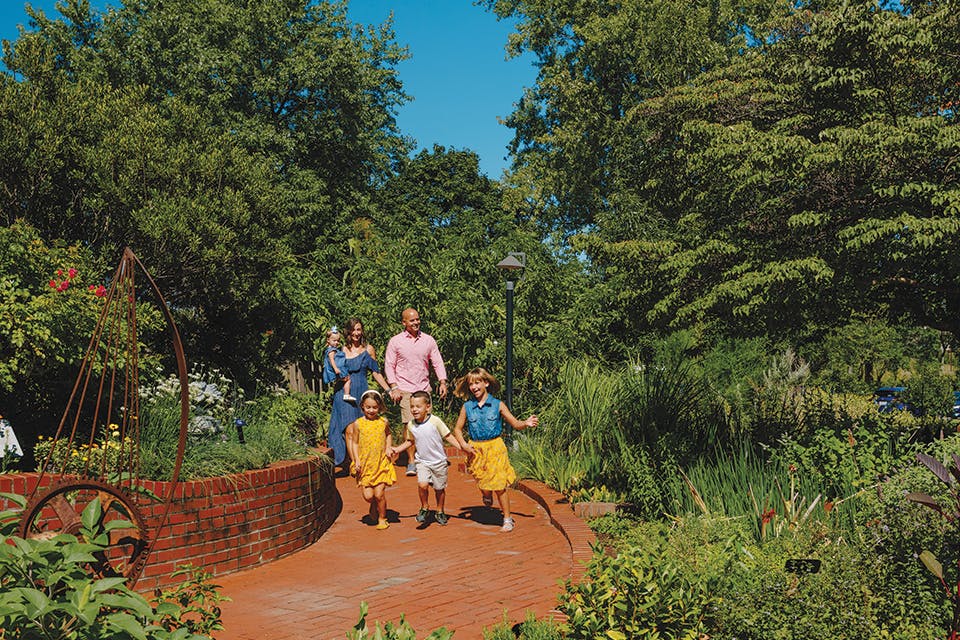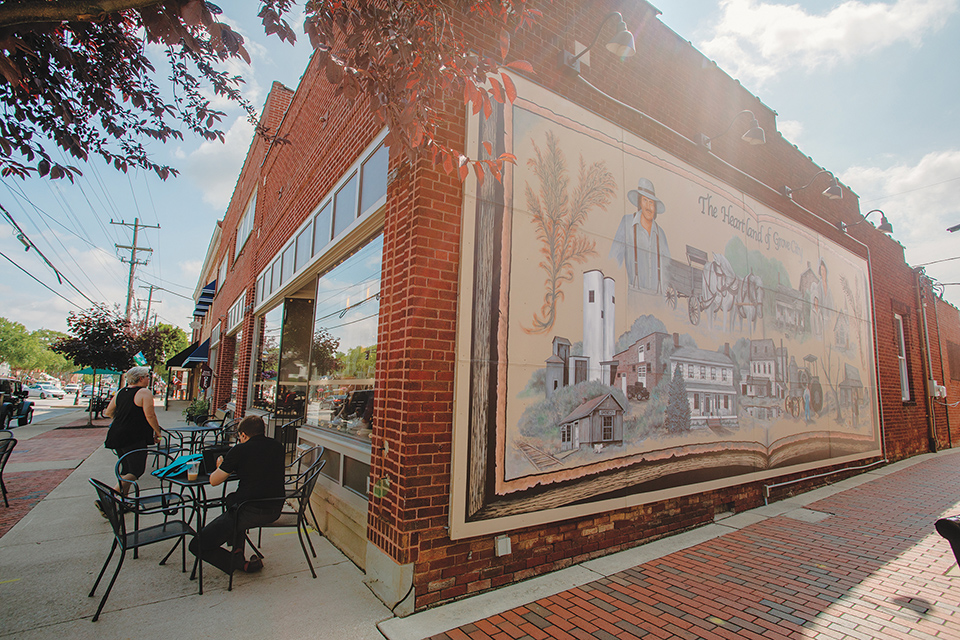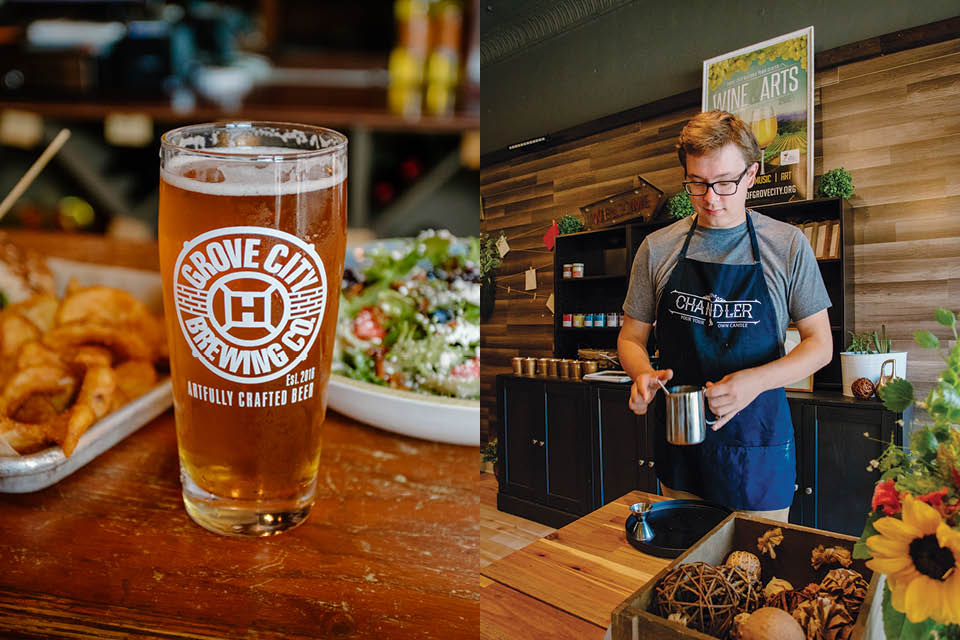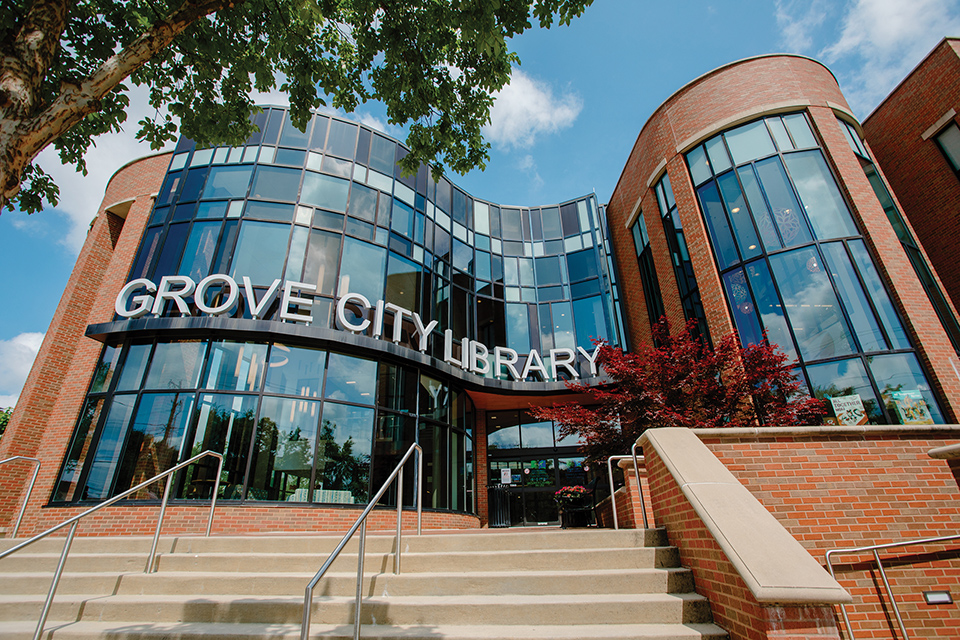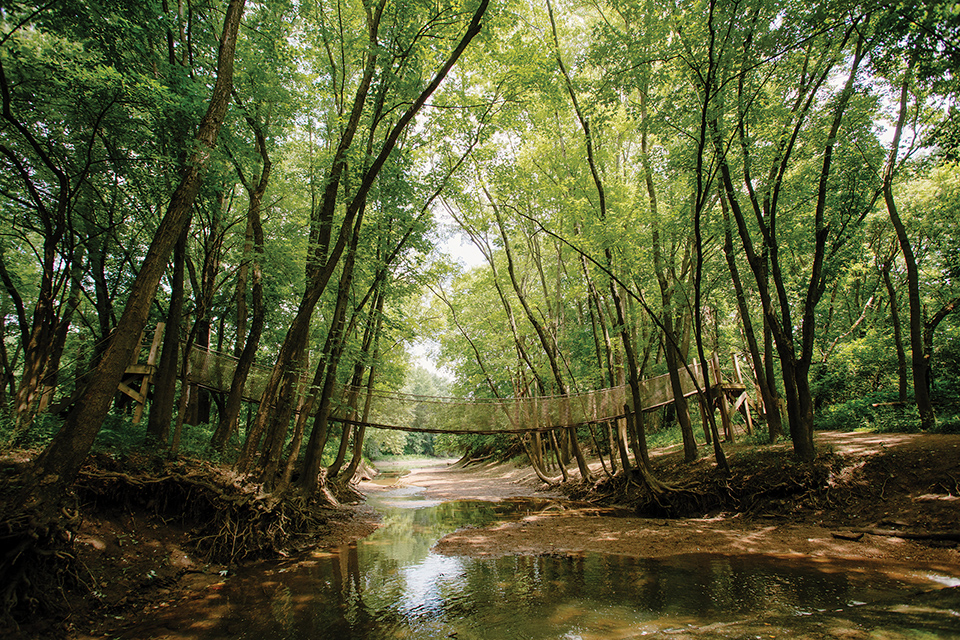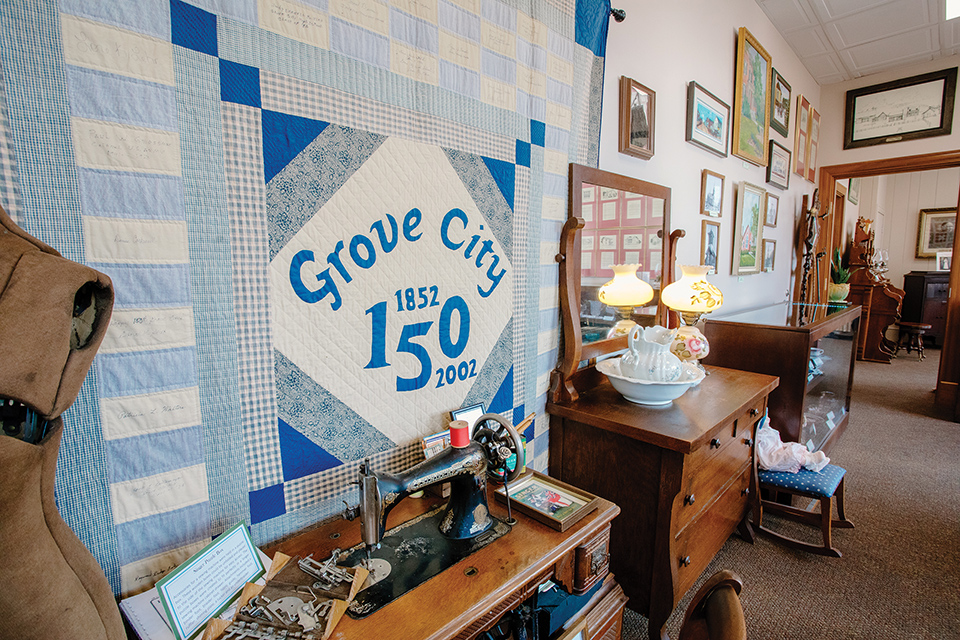Ohio Life
| Best Hometowns
Best Hometowns 2023: Grove City
This Columbus suburb embraces new development that connects past and present and creates a small-town atmosphere with the amenities of city living.
Related Articles
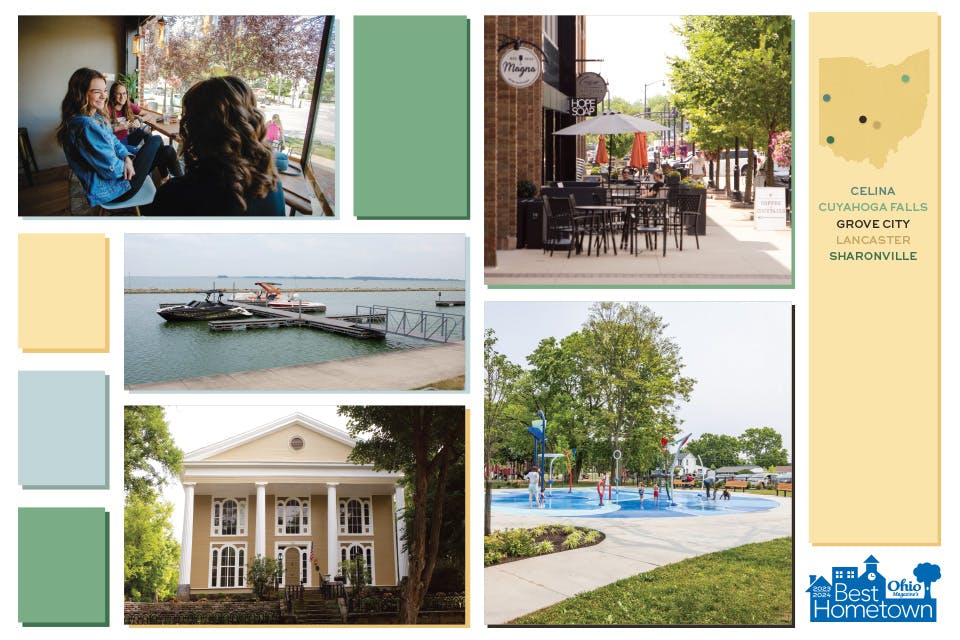
Ohio’s Best Hometowns 2023
This year, we honor Celina, Cuyahoga Falls, Grove City, Lancaster and Sharonville. These five communities embody the characteristics that make us proud to call Ohio home. READ MORE >>

Best Hometowns 2023: Cuyahoga Falls
This riverfront city offers easy access to both Cleveland and Akron, a revitalized downtown district and a range of outdoor recreation options that span hiking, climbing and kayaking. READ MORE >>
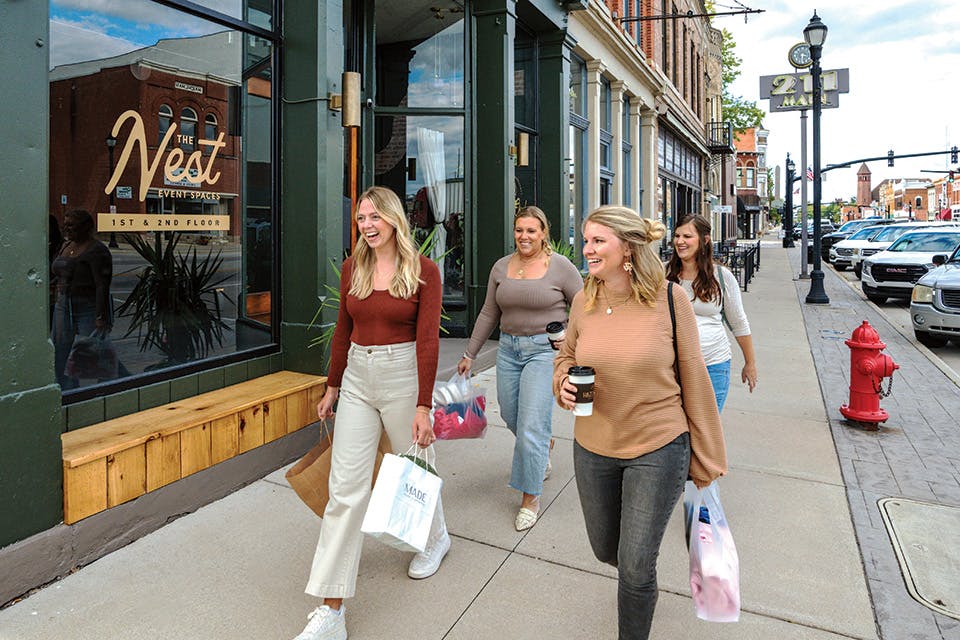
Best Hometowns 2023: Celina
Located along Grand Lake St. Marys, this agricultural area of Ohio embraces its shore-town appeal with waterfront development and downtown businesses that cater to residents and travelers alike. READ MORE >>


